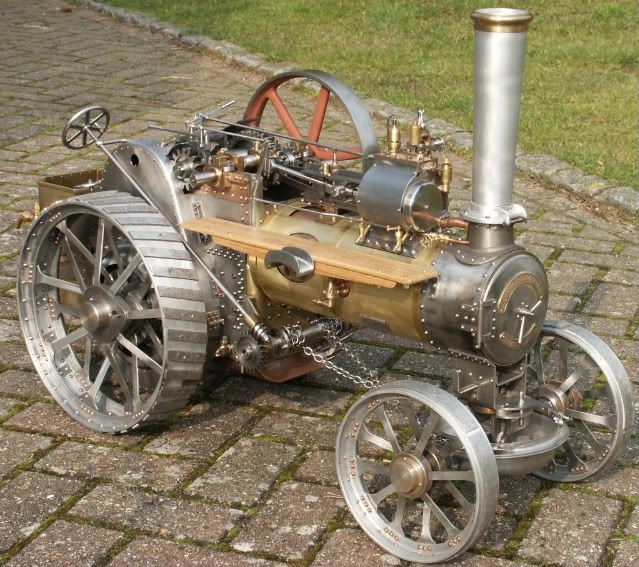Donrecardo
Well-Known Member
- Joined
- Apr 14, 2008
- Messages
- 58
- Reaction score
- 17
No, not a question you cant leave alone, but a question about riveting
I am about to try riveting for the first time and I will be using 3/64" brass
round head rivets
I looked online at rivet data and it tells me several formula
for the sizes of rivets like for eg the head diameter of the rivet is 1.75 the diameter of the rivets shaft , It also tells the height of the rivets head compared
to the shafts diameter but what I cant find is what length should the shaft be
I appreciate it will differ depending on the thickness of the metal it has to go
through , but how much in relation to the diameter of its shaft should stick
through the other side to allow me to form a full round head with a rivet snap on the other side , so it looks the same at the back as at the front
Cheers
Don
I am about to try riveting for the first time and I will be using 3/64" brass
round head rivets
I looked online at rivet data and it tells me several formula
for the sizes of rivets like for eg the head diameter of the rivet is 1.75 the diameter of the rivets shaft , It also tells the height of the rivets head compared
to the shafts diameter but what I cant find is what length should the shaft be
I appreciate it will differ depending on the thickness of the metal it has to go
through , but how much in relation to the diameter of its shaft should stick
through the other side to allow me to form a full round head with a rivet snap on the other side , so it looks the same at the back as at the front
Cheers
Don

































































